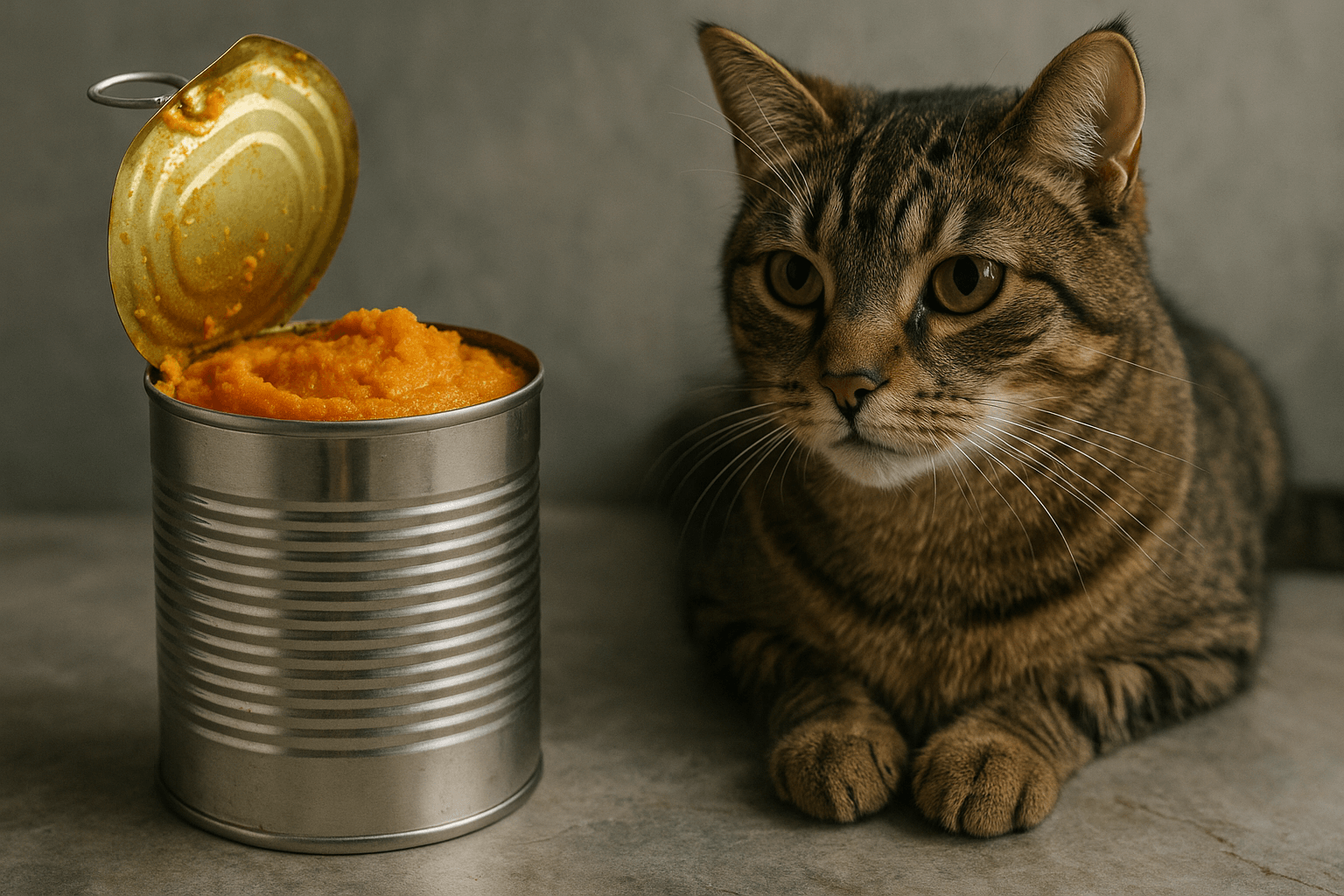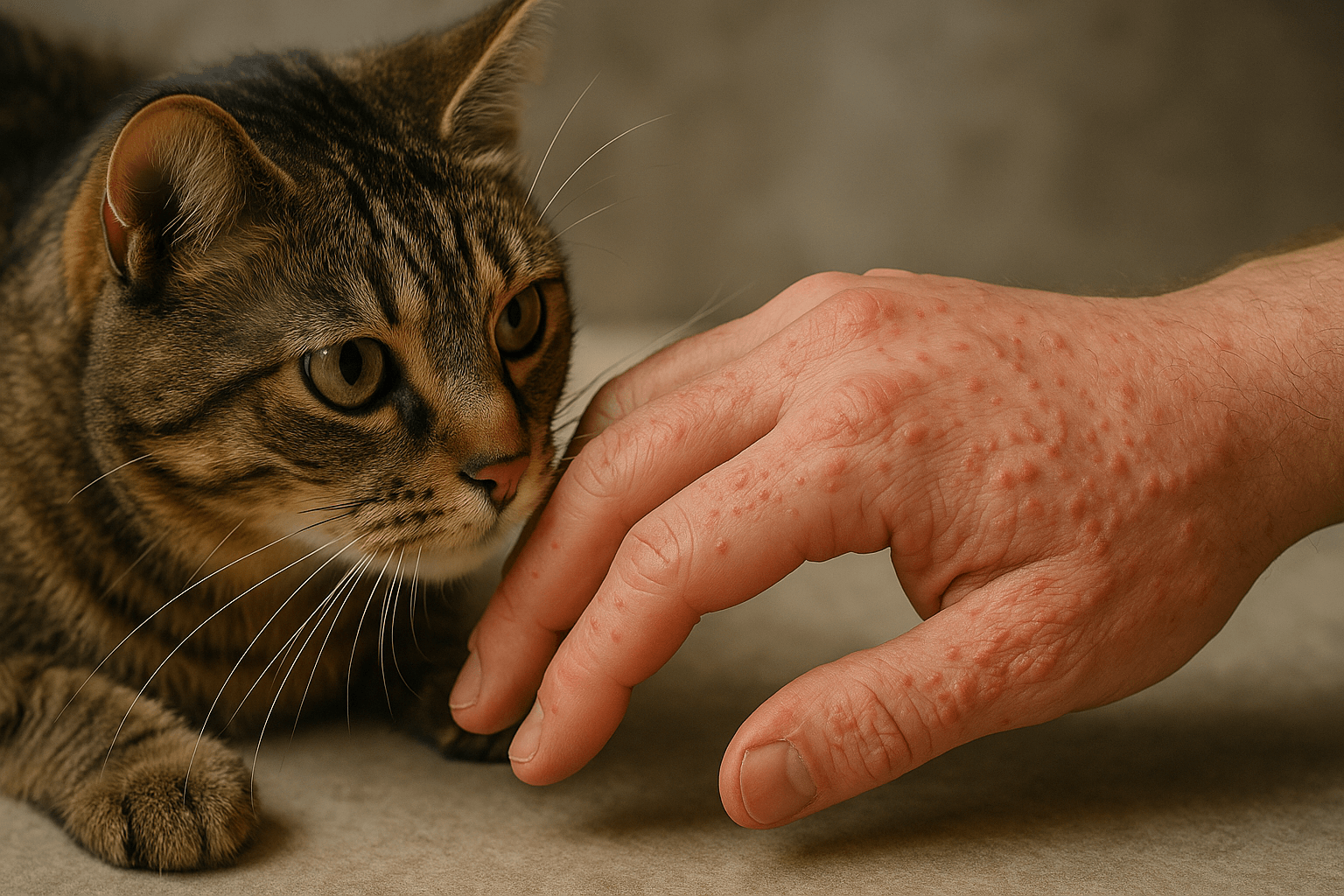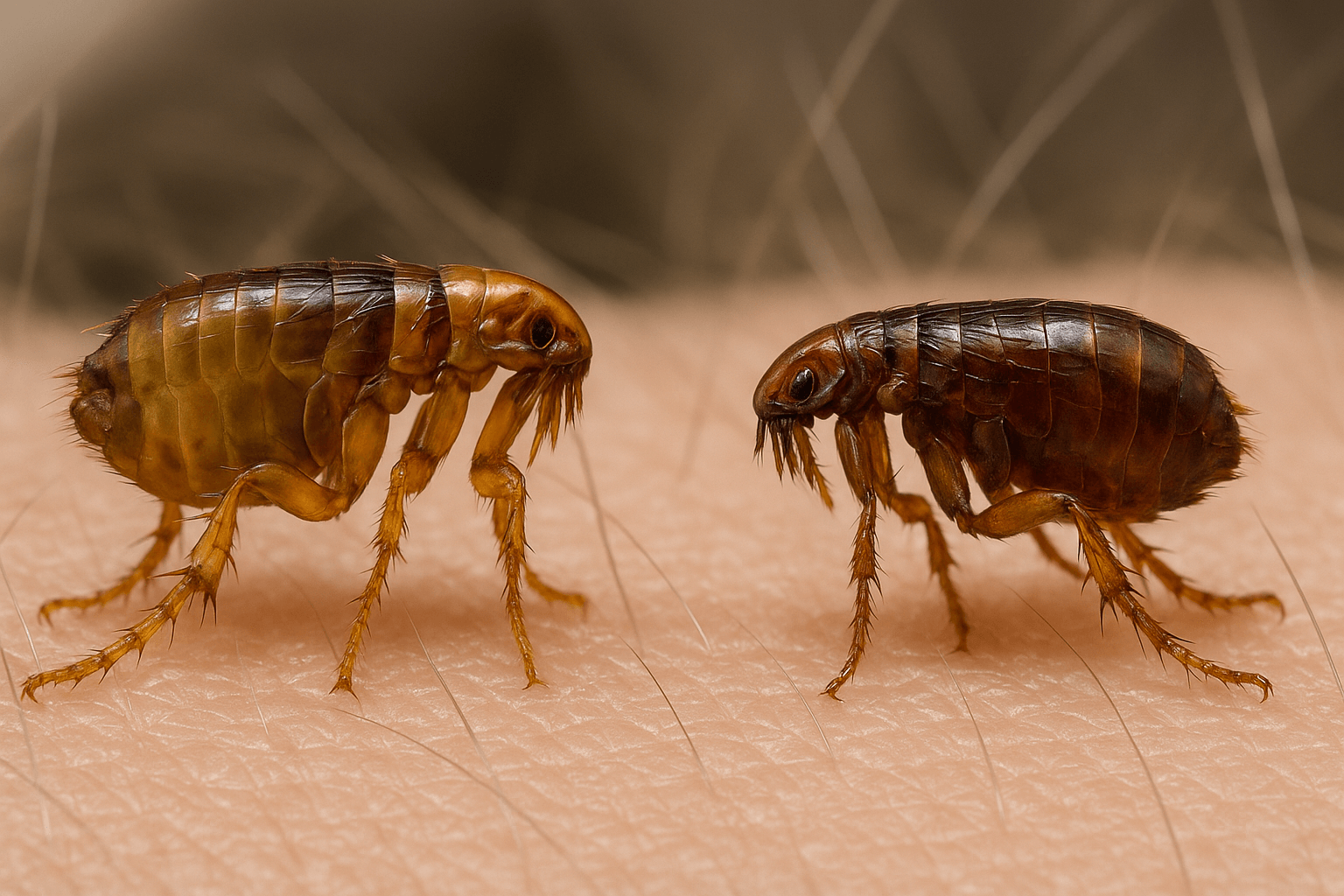Can Cats Eat Seaweed?
Seaweed has gained popularity as a superfood for humans, thanks to its rich nutritional profile and health benefits. But what about our feline friends? Can cats eat seaweed, and is it safe or even beneficial for them? As curious creatures, cats may encounter seaweed through their environment or diet, especially if their owners are experimenting with natural supplements. While some forms of seaweed can offer potential health advantages, others might pose risks depending on the type and quantity consumed. In this blog post, we’ll explore everything you need to know about feeding seaweed to your cat, ensuring their health and happiness remain a top priority.
Potential Benefits of Feeding Seaweed to Cats
When given in moderation and under the right conditions, seaweed can provide certain health benefits for cats. Here are some reasons why seaweed might be a helpful addition to their diet.
Rich in Nutrients:
Seaweed contains vitamins like A, C, and E, as well as minerals such as iodine, calcium, and magnesium, which support overall health.Supports Digestive Health:
The fiber content in seaweed can aid digestion and promote a healthy gut microbiome in cats.Boosts Immune Function:
Antioxidants found in seaweed help combat free radicals, potentially strengthening your cat’s immune system.Promotes Healthy Skin and Coat:
Omega-3 fatty acids in certain types of seaweed contribute to shiny fur and reduce skin irritation.Natural Detoxifier:
Seaweed’s chlorophyll content may assist in detoxifying the body by removing harmful toxins.
While these benefits sound promising, it’s important to proceed with caution and consult your veterinarian before introducing seaweed into your cat’s diet.
Types of Seaweed Safe for Cats
Not all seaweed is created equal, and some varieties are safer for cats than others. Here’s a breakdown of the types of seaweed that are generally considered safe when fed in moderation.
Nori:
Nori, commonly used in sushi, is low in calories and easy to digest, making it a safe option for cats.Kelp:
Kelp is rich in iodine, which supports thyroid function, but should only be given in small amounts to avoid excessive iodine intake.Spirulina:
This blue-green algae is packed with protein and antioxidants, offering potential immune-boosting properties for cats.Dulse:
Dulse is a red seaweed that provides essential vitamins and minerals without being overly processed.Wakame:
Wakame is another nutritious option, though it should be rinsed thoroughly to remove excess salt before serving.
Choosing the right type of seaweed ensures your cat enjoys its benefits without unnecessary risks.
Check this guide 👉Can Cats Eat Bananas? Best 7 Expert Tips!
Check this guide 👉Can Cats Eat Cinnamon? Best 7 Health Tips!
Check this guide 👉Can Cats Eat Cat Grass? Best 7 Health Tips!

Safe Types of Seaweed for Cats | Risks to Watch Out For |
|---|---|
Nori (low-calorie, easy to digest) | Excessive iodine from kelp |
Kelp (supports thyroid health) | High sodium levels in some seaweeds |
Spirulina (rich in antioxidants) | Allergic reactions or sensitivities |
Dulse (vitamin-packed, minimal processing) | Overfeeding leading to digestive upset |
Wakame (nutritious, rinse before use) | Contamination with heavy metals |
How to Introduce Seaweed to Your Cat’s Diet
If you decide to feed seaweed to your cat, it’s crucial to introduce it gradually and in appropriate quantities. Follow these guidelines to ensure a smooth transition.
Start with Small Amounts:
Begin with tiny portions, such as a pinch of dried seaweed, to monitor how your cat reacts.Choose Plain, Unseasoned Varieties:
Avoid seaweed snacks meant for humans, as they often contain added salt, sugar, or flavorings that are harmful to cats.Mix with Regular Food:
Blend finely chopped or powdered seaweed into your cat’s regular wet or dry food to make it more palatable.Observe for Reactions:
Keep an eye out for signs of digestive upset, allergies, or other adverse reactions after introducing seaweed.Consult Your Vet First:
Always seek professional advice before adding new foods to your cat’s diet, especially if they have pre-existing health conditions.
By following these steps, you can safely incorporate seaweed into your cat’s meals while minimizing potential risks.
Signs Your Cat May Not Tolerate Seaweed
While many cats tolerate seaweed well, some may experience negative reactions. Understanding these signs helps you act quickly if something goes wrong.
Vomiting or Diarrhea:
Gastrointestinal distress is a common sign of intolerance or overconsumption of seaweed.Lethargy or Weakness:
If your cat seems unusually tired or uninterested in activities, it could indicate a reaction to seaweed.Skin Irritation or Itching:
Allergic reactions may manifest as redness, itching, or swelling around the face or paws.Excessive Thirst or Urination:
Changes in hydration habits could signal an imbalance caused by high iodine levels in seaweed.Loss of Appetite:
Refusal to eat or lack of interest in food may suggest discomfort or illness related to seaweed consumption.
If any of these symptoms occur, stop feeding seaweed immediately and consult your veterinarian.
Potential Risks of Feeding Seaweed to Cats
While seaweed offers numerous benefits, there are also risks to consider before incorporating it into your cat’s diet. Being aware of these dangers helps you make informed decisions.
High Sodium Content:
Many commercial seaweed products are high in salt, which can lead to dehydration or kidney issues in cats.Iodine Overload:
Excessive iodine from certain seaweeds like kelp may disrupt thyroid function, especially in sensitive cats.Contamination Risks:
Poor-quality seaweed may contain heavy metals or pollutants harmful to your pet’s health.Digestive Upset:
Overfeeding seaweed can cause bloating, gas, or diarrhea due to its fibrous nature.Allergies or Sensitivities:
Some cats may develop allergic reactions to specific compounds found in seaweed.
Understanding these risks ensures you approach seaweed feeding with caution and care.
Alternatives to Seaweed for Feline Nutrition
If seaweed doesn’t suit your cat’s needs, there are alternative ways to boost their nutrition naturally. Consider these options for enhancing their diet.
Fish Oil Supplements:
Rich in omega-3 fatty acids, fish oil supports skin, coat, and joint health without the risks associated with seaweed.Fresh Vegetables:
Steamed carrots or pumpkin can provide fiber and vitamins, aiding digestion and overall wellness.Probiotics:
Adding probiotic powders or supplements promotes gut health and strengthens immunity.Bone Broth:
Low-sodium bone broth hydrates and nourishes cats, delivering essential nutrients in a tasty form.Commercial Cat Vitamins:
Specially formulated multivitamins ensure your cat receives all necessary nutrients without experimentation.
These alternatives offer safe and effective ways to enhance your cat’s diet beyond seaweed.
Fun Ways to Incorporate Seaweed into Playtime
Beyond nutrition, seaweed can also play a role in enriching your cat’s environment and playtime routines. These creative ideas combine fun and functionality.
DIY Seaweed Toys:
Create simple toys by tying pieces of nori into knots or stuffing them inside treat-dispensing toys.Interactive Feeding Games:
Hide small bits of seaweed in puzzle feeders to encourage mental stimulation during mealtime.Scratching Post Enhancements:
Attach strips of dried seaweed to scratching posts for added texture and scent exploration.Training Treat Rewards:
Use tiny seaweed flakes as rewards during clicker training sessions to motivate your cat.Environmental Enrichment:
Scatter seaweed pieces around the house for your cat to “hunt,” mimicking natural foraging behaviors.
Incorporating seaweed into playtime adds variety and excitement to your cat’s daily routine.
Frequently Asked Questions About Cats and Seaweed
Is seaweed toxic to cats?
Most types of seaweed are not toxic, but overfeeding or choosing unsuitable varieties can cause harm.
Can I give my cat seaweed snacks made for humans?
No, human seaweed snacks often contain additives like salt or seasoning that are unsafe for cats.
How much seaweed can I feed my cat?
Stick to very small amounts, such as a pinch or two per week, to avoid overwhelming their system.
Does seaweed help with hairballs?
Some seaweeds’ fiber content may aid digestion, potentially reducing hairball formation, but results vary.
What should I do if my cat accidentally eats seaweed?
Monitor for symptoms like vomiting or diarrhea and contact your vet if you notice any concerning changes.
Balancing Nutrition and Safety When Feeding Seaweed to Cats
Feeding seaweed to your cat can be a nutritious addition to their diet when done responsibly. By selecting safe varieties, introducing them gradually, and monitoring for adverse reactions, you can harness the potential benefits of this natural superfood. However, always prioritize your cat’s individual needs and consult your veterinarian to ensure their diet remains balanced and healthy. With proper care and attention, seaweed can become a valuable tool in supporting your cat’s overall well-being.
Canned Pumpkin for Cat Diarrhea: Best 7 Expert Tips! Natural remedy to firm stools, soothe upset bellies, and support gut health safely.
Can a Cat Give You Scabies? Best 7 Expert Tips! Discover the truth about feline mites, human skin risks, and how to protect yourself—without panic.
Cat Flea vs Human Flea: Best 7 Expert Tips! Discover the truth about bites, species, and how to eliminate infestations for good.
Weird Cat Behaviors: Best 7 Expert Tips! Discover why cats do strange things—and how to understand, not punish, their instincts for a happier home.





